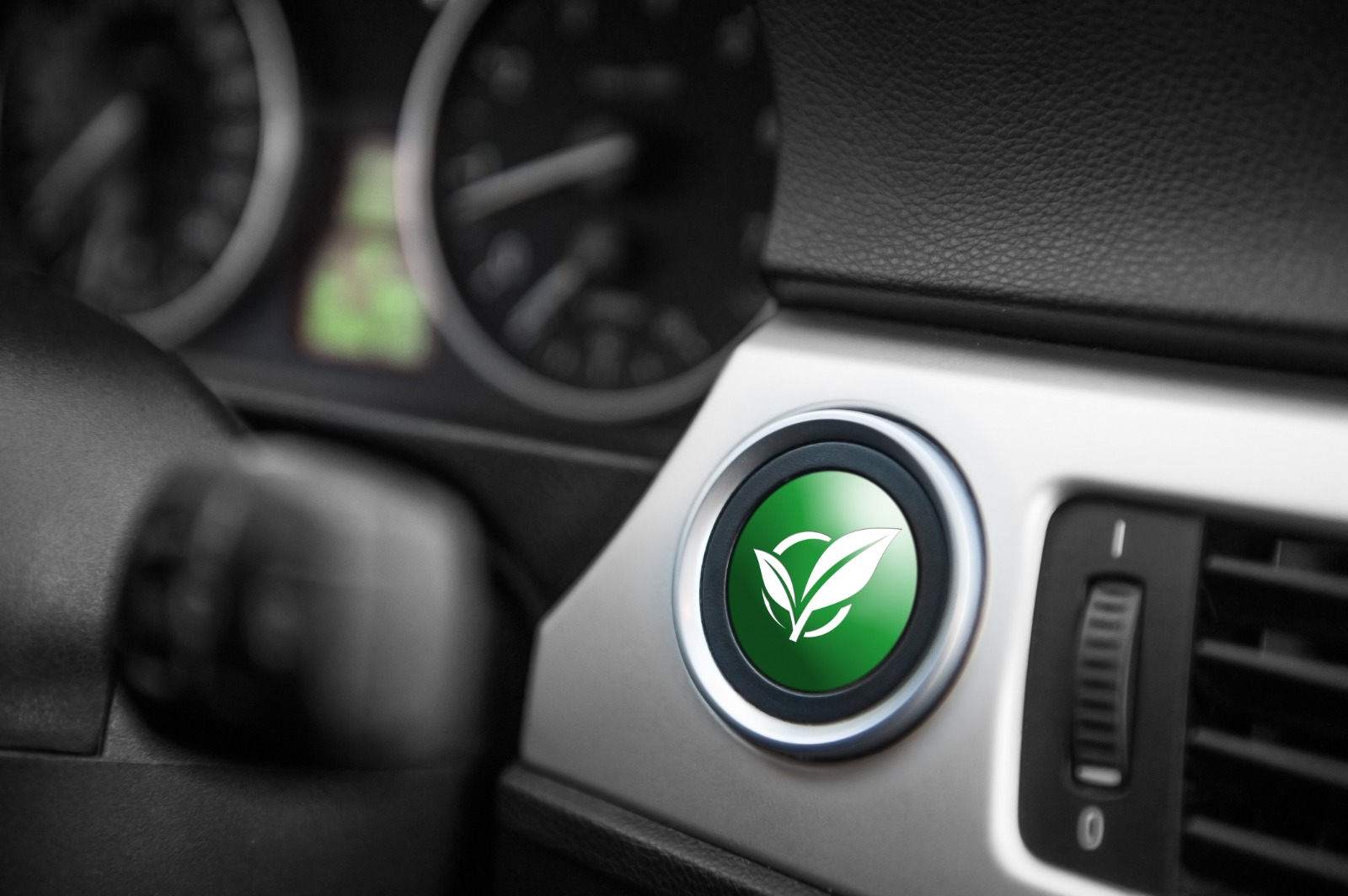Project
Summary and Objectives
PHOENICE aims to demonstrate the maximal potential of a plug-in hybrid vehicle, optimised to reduce both fuel consumption and pollutant emissions in real driving conditions.
This objective will achieve a TRL 7 system that will combine:
- Gasoline engine achieving 47% peak efficiency,
- Waste heat recovery (WHR) system enhancing the overall powertrain,
- Optimized vehicle thermal management,
- Complete and innovative exhaust after treatment system.
Technologies developed in PHOENICE will achieve a TRL 7 paying a specific attention to cost, industrialization, and the limitation of economic and environmental impacts.
Key Facts
- Duration – 50 months (January 2021 – February 2025)
- Project budget – € 5 939 722
- EC Contribution – € 4 997 323
- Consortium – 8 partners from 4 countries
- Project composition – 7 WPs / 27 deliverables
- Project coordinator – Mr Toni Tahtouh


Expected impacts
The expected impacts resulting from the project correspond directly to several desired impacts identified in the LC-GV-07-2020 call, i.e.:
01.
Implementation of all the selected technologies in an existing demonstrator vehicle and idy in real driving conditionsts testing by an independent bo according to themethodologies developed for PHEVs in RDE regulation with (i) 15% higher V x apos values in urban, extra urban and motorway real driving segments, (ii) use of raw emissions with no weighting, (iii) a 2000 m limit on altitude gain, and (iv) no time limit on 165 km/h maximum test speed.
02.
Engine peak efficiency reaching at least 47% to guarantee high efficiency also in areas not covered by battery propulsion.
03.
Incorporation of a battery consistent with a WLTP range of at least 80km, or its mass simulated for RDE testing, which will however be performed in charge sustaining mode, with a full passenger load.
04.
Reduction of the real-world environmental impacts of vehicles consistent with the level of ambition defined for the European commission Horizon Prize for cleanest engine of the future, thus simulating compliance with possible future regulation and ensuring a low impact also when running on the combustion engine.

